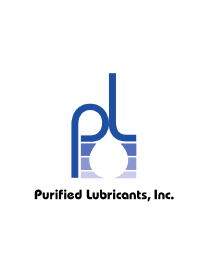Hydraulic oil turns from that golden honey color of new oil to a dark brown, does that mean it must be changed immediately? Is the system suffering from lost lubricating properties or gross contamination when this occurs, or is this a normal aging characteristic to be dismissed so long as the oil analysis results are within acceptable parameters?





